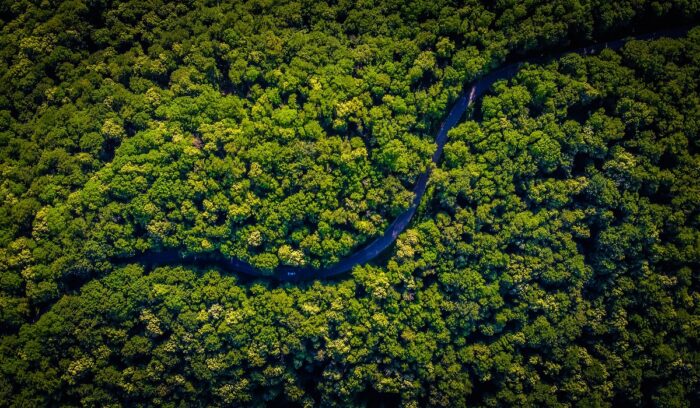New Delhi transforms degraded lands into biodiversity parks
New Delhi, India’s capital city, struggles with numerous environmental challenges, including extremely poor air quality and heat waves. In response, since 2004, the city has created seven large “biodiversity parks” on previously degraded land. The Aravalli Biodiversity Park, a 692-acre park located near an upscale neighborhood, is now a thriving forest of native plants. The Neela Hauz Biodiversity Park is home to a lake that was once a dumping ground for untreated sewage. All seven parks were restored by the Delhi Development Authority and the University of Delhi and together span 2,026 acres.










